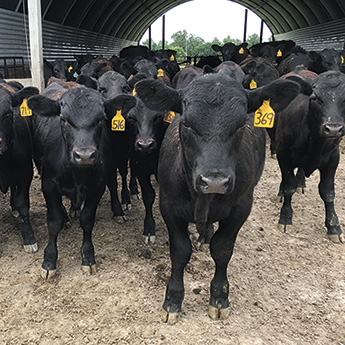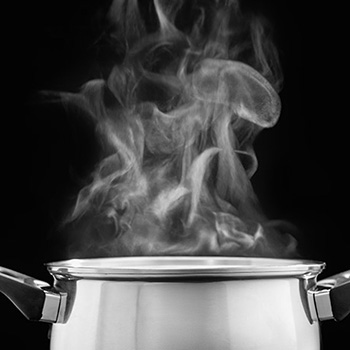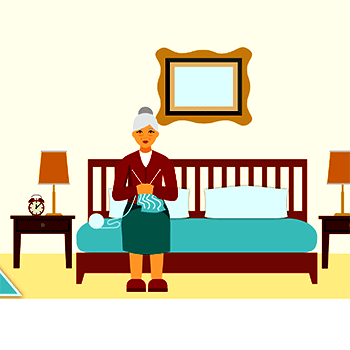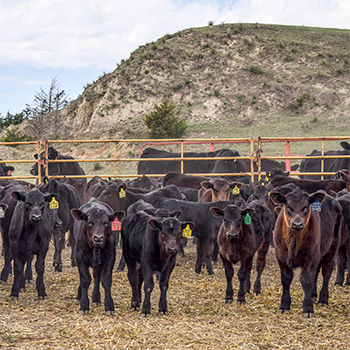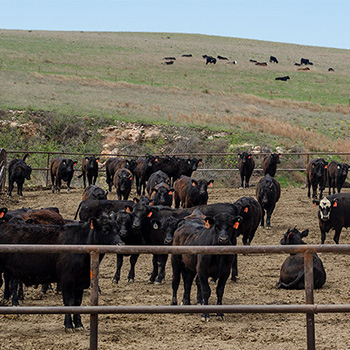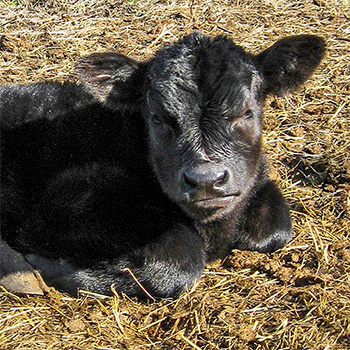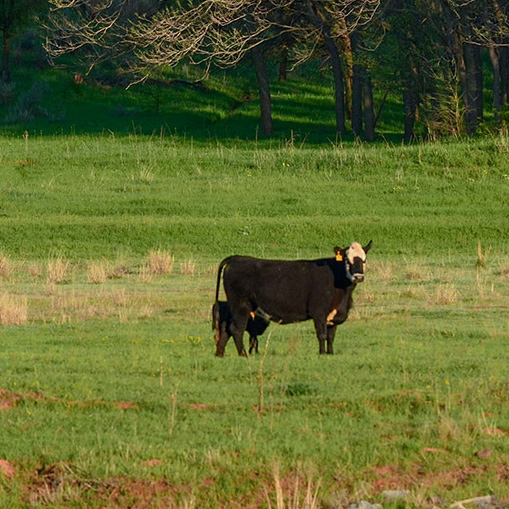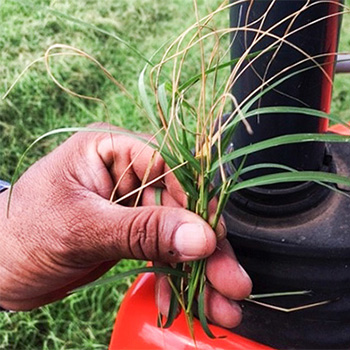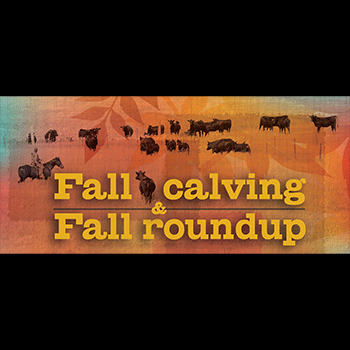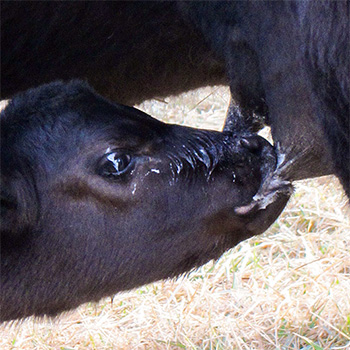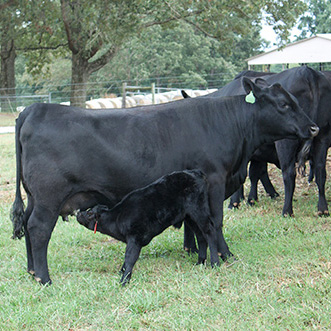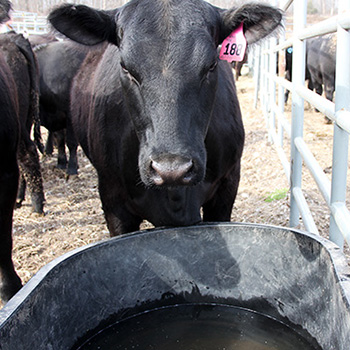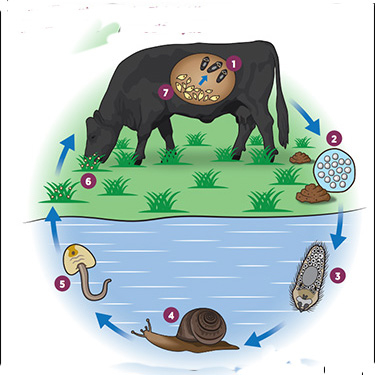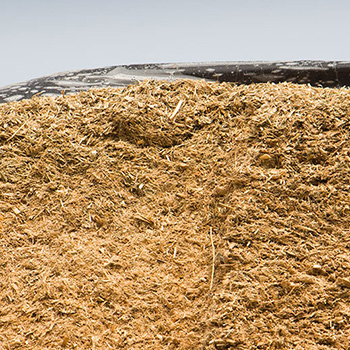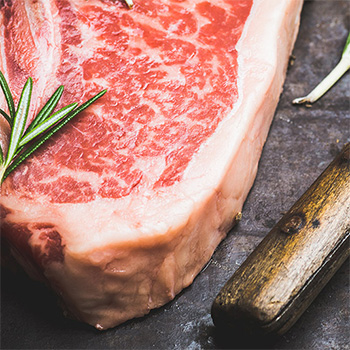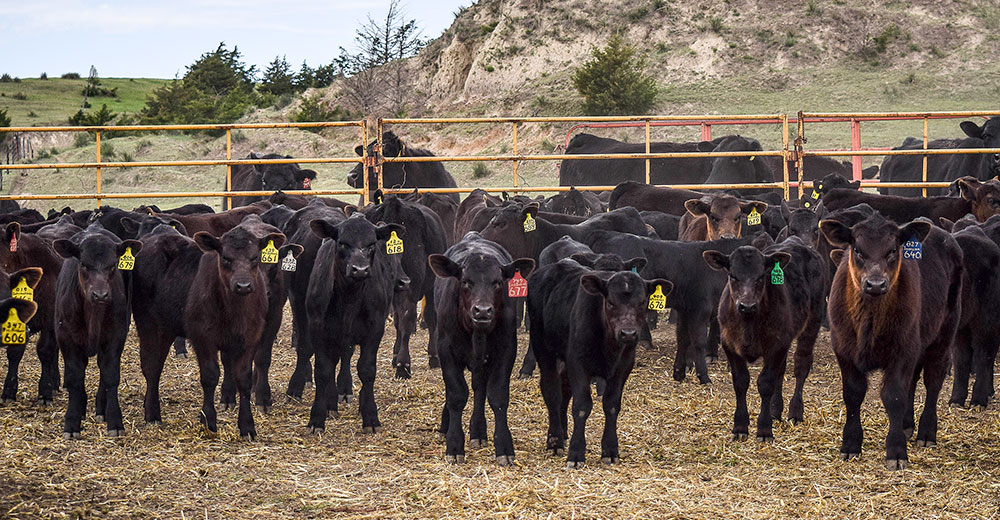
Backgrounding Calves Before Sale
Tips offered to prepare calves for a successful, productive life.
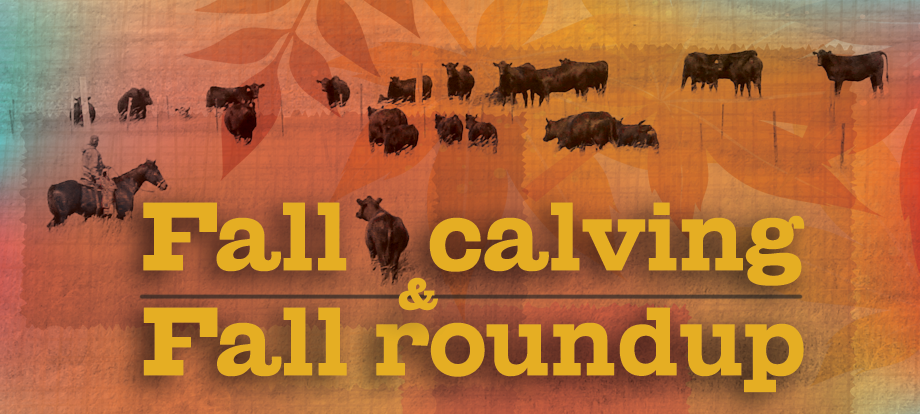
Calves receive a premium as weaned, preconditioned calves, so it is important to transition them carefully to minimize health problems.
“Two-stage weaning with nose flaps is the least stressful way to wean,” says Ron Gill, professor of animal science and extension livestock specialist at Texas A&M University. “Next best is fenceline weaning at pasture.”
He advises people not to process cattle the day they separate cows and calves. Preweaning vaccinations should be given prior to that.
“If you have to wean in a corral, the third-best way is to have the cows through the corral fence from the calves. If you can’t do any of these methods, and haul the calves to a better set of corrals and put them on feed, it can work. But if the calves aren’t accustomed to eating the new feed, it can be a challenge,” Gill warns. “New feed, strange environment and sudden emotional stress (loss of mom) puts them more at risk for respiratory issues.”
If you wean in a corral, creep feed ahead of time for the last 30 days — or use a feed that the calves are accustomed to eating before you separate them from their mothers. Even if you have to put some feed out and let the cows eat some of it, this pays off because calves learn to eat it, he says.
“Another thing that helps is to spend some time with those calves in the corrals or pastures. This not only gets them accustomed to seeing people, but is also distracting. The calves are curious about the person and not just focusing on mom across the fence or worrying about where she is. You become the surrogate for mom,” says Gill.
After a minimum of 21 days in a low-stress preconditioning system, calves can be turned back on pasture if there is good grass. Gill says they do better if you can go 45 days before you stress them again by moving them, but it depends on your situation and their stress level.
If you are selling them, moving them to different pasture, or putting groups of weaned calves together, he recommends 45 days. This provides time for both vaccinations: one at weaning and the booster 21 days later. That second shot won’t establish immunity until another two weeks, so that’s the reason for 45 days, he explains.
The forage available will determine what kind of supplement calves might need.
“I don’t like changing the diet during weaning. If you confine them and put them on feed, this should be a two- to three-week process of gradually switching from forage to concentrates so the rumen has a chance to adapt. If possible, keep them on grass and just start feeding a supplement if they’ll be put on feed later. If you have cheap byproduct feed, you can afford to feed them quite a bit during this preconditioning phase and still make it pay, but many people spend a lot of money on nutrition at this stage that they don’t have to,” says Gill.
“The main thing we’re trying to do at that point is get them through the transition without illness, and then go to better forages, pastures or supplementation after they are no longer in the corral. If they’ll have good grass after weaning, why put them on concentrate and then kick them back out to grass? They just need something that’s low-starch and high in digestible structural carbohydrates and fat, such as wheat midds or soybean hulls. In some regions it may just be high-quality hay,” he says.
Nutritionally, most calves in the preconditioning phase need about 13%-15% protein. If they are not eating enough, whatever they do eat needs to be highly digestible, without a lot of starch. He warns against overwhelming the young rumen with too much starch. They need a high-quality diet for the first two weeks, and then can transition back to grass unless you are putting them on a starch diet. In that case, be very careful to not create acidosis.
Editor’s note: Heather Smith Thomas is a cattlewoman and freelance writer from Salmon, Idaho. Photo by Kacey Dethlefs, NJAA/Angus Journal Photography Contest.
